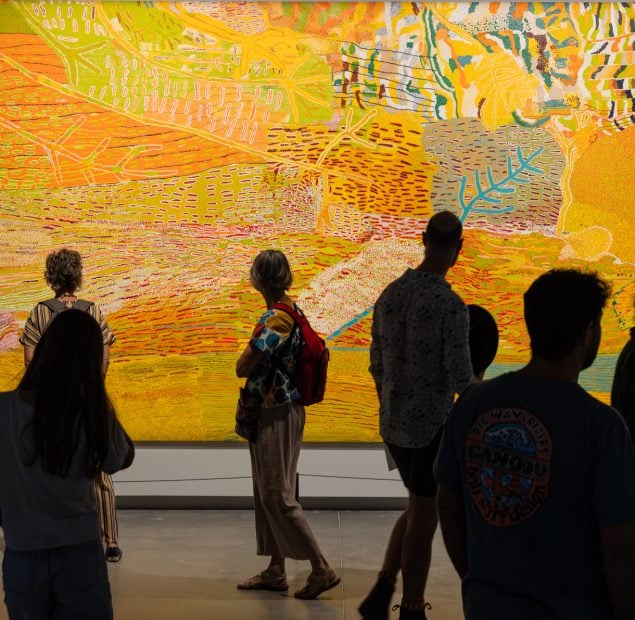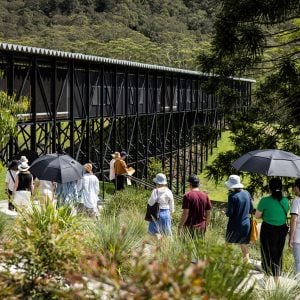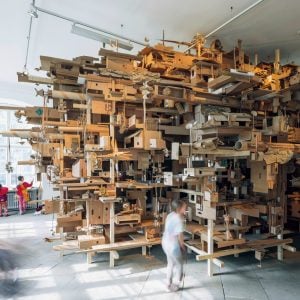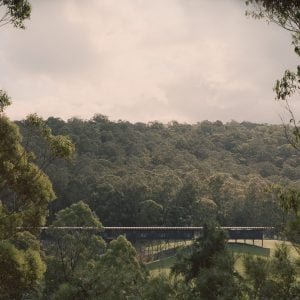An exhibition of ceramics and drawings by Arthur Boyd’s father.
Merric Boyd was an artist – a potter and fine sculptor who, in his last decade, made thousands of expressionistic drawings reflecting a life that was dominated by his strong sense of family, by creative endeavour, ‘genteel’ poverty and epilepsy.
“[Merric Boyd started out] with a belief in art as a social healer of mankind’s wounds,…[but] was drawn by the pressures of life increasingly towards a belief in art as a personal ritual, an inner necessity.” – Bernard Smith in the Preface to Merric Boyd Drawings, by Christopher Tadgell, Secker & Warburg, London, 1975, p. xii
Merric Boyd was born in Melbourne in 1888, the second child of artists Emma Minnie and Arthur Merric Boyd.
Merric is rightly considered to be Australia’s first studio potter, but at the same time he was considered an eccentric, a visionary and a practitioner of a lesser art. He began potting in 1910 when studio pottery was not popular or even widely heard of.
His style was extremely distinctive and sculptural and his use of native flora and fauna and rural subjects as decorative motifs was unique. These familiar images continued later in his life when he concentrated his creative efforts on drawing. His approach to studio pottery was also unique seeing it as a vocation, a passion, a way of life.
In 1913 Merric’s parents bought for him the property Open Country at Murrumbeena, Victoria, where he built a house and pottery studio. He studied for one term at the National Gallery of Victoria School in 1910 where he met Doris Gough who he married in 1915. After World War I, before being repatriated back to Australia, he studied the technical aspects of pottery at the Wedgewood factory at Stoke-on-Trent, England.
Merric struggled all his life with epilepsy which had huge impact on himself and his family. Gradually the strain of modelling in clay and his deteriorating health became too great. In the last ten to fifteen years of his life, before his death in 1959, he gave himself up entirely to drawing producing thousands of works on paper reflecting a life that was dominated by a strong sense of family, religion, creative endeavour, ‘genteel’ poverty and his epilepsy.






